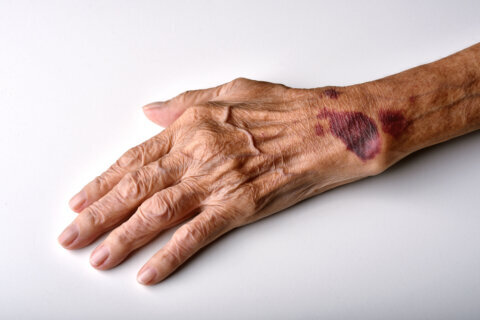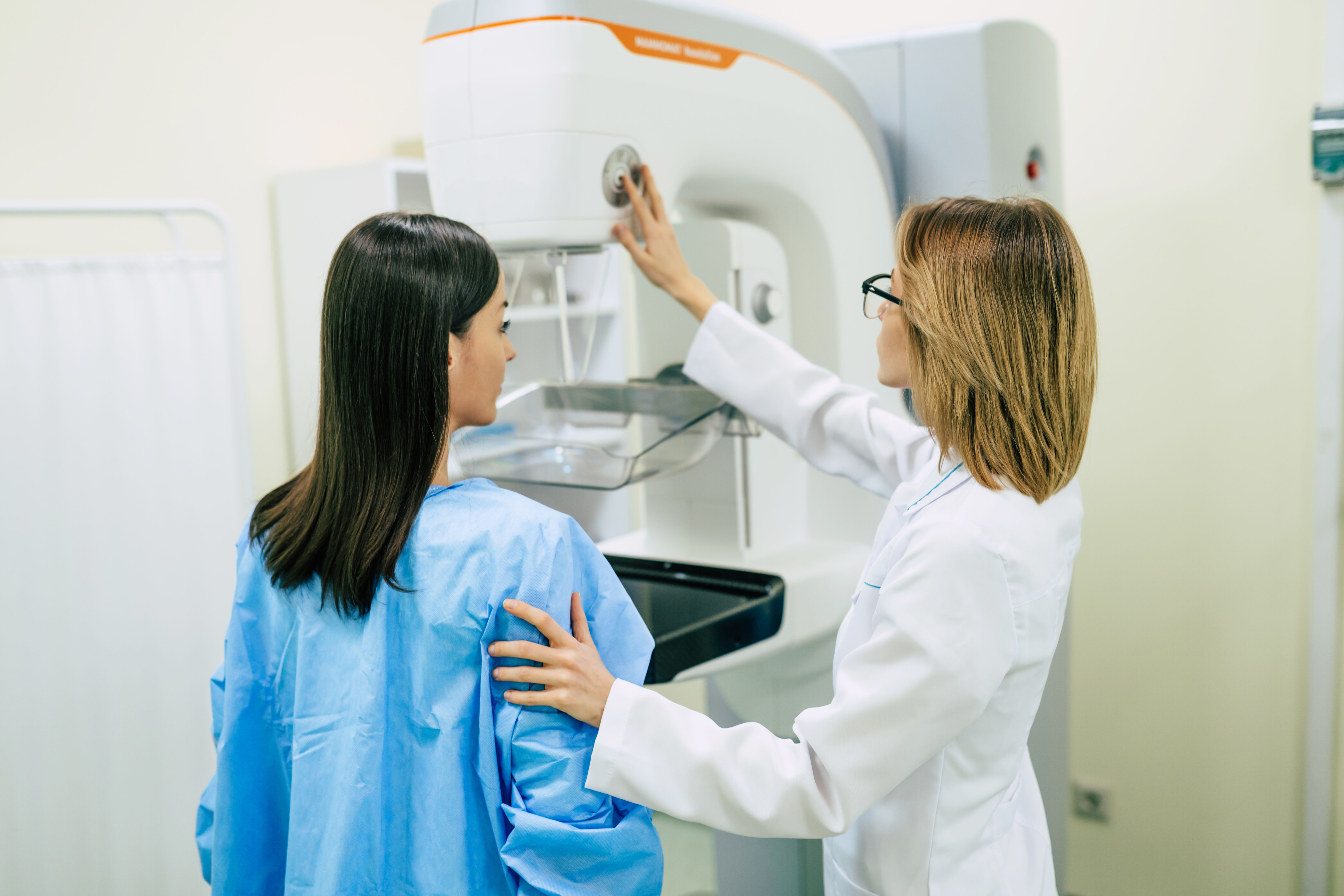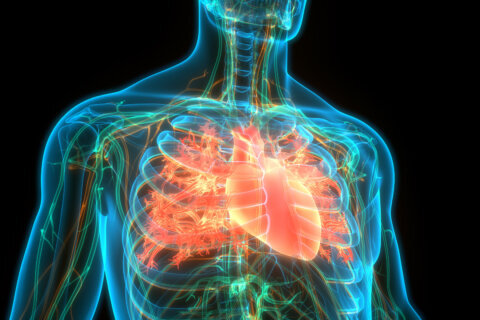This content is sponsored by MedStar Washington Hospital Center.
Hernias are fairly common and they can impact both men and women. But there is good news for those who get hernias: robotic surgery techniques to repair them have been a game changer in the industry, leading to better patient outcomes and improved recovery time.
A hernia occurs when fatty tissue or a portion of an internal organ pushes through a weak spot in the core muscle or tissue. This often creates a visible bulge. A hernia may appear suddenly or gradually over time.
There are several types of hernias – all of which can lead to varying levels of discomfort depending on their size and location, said Dr. Ivanesa Pardo, a general and bariatric surgeon at MedStar Washington Hospital Center.
Some hernias occur within the muscles of the groin, others near the navel, diaphragm or site of a prior surgery. Of the hernia types, 75% to 80% occur within the muscles of the groin or at the top of the inner thigh, according to the Cleveland Clinic.
“A small opening that allows some fatty tissue to penetrate may cause no symptoms at all. A larger hole may permit a more substantial portion of an internal organ—for example, part of the small or large intestines, bladder, or ovaries—to migrate, triggering pain and other medical issues,” Dr. Pardo said. “One patient may complain of a mass in the groin area that doesn’t hurt at all, while another may experience pain with no visible cause.”
If an organ is forced through the hole, it can become strangulated, meaning its blood supply is so restricted that the organ may begin to die.
So what causes a hernia? Age is the most common risk factor, Dr. Pardo said. It’s normal for muscle tone to diminish and for weakened areas to become vulnerable to hernias. Additionally, certain medical conditions can more commonly lead to hernias. For example, chronic coughing with COPD can cause recurring force that results in a hernia, Dr. Pardo said.
Strenuous activity can lead to hernias as well. This is common with extreme athletic endeavors, weight lifters or occupations that require lifting heavy loads such as warehouse or construction jobs.
Men can be especially susceptible to hernias in the groin because of a small hole that allows blood vessels to reach the testicles. Women can have tears in the abdominal wall during pregnancy that have potential to lead to hernias; however, the baby typically provides a protective barrier between the tear and a woman’s internal organs, Dr. Pardo said.
Obesity can also increase the likelihood for hernias, as well as recurrence after surgery.
“For this reason, weight loss is often recommended prior to a hernia procedure,” Dr. Pardo said.
Hernia symptoms can vary, depending on where the hernia is located. Abdominal hernias typically appear as a visible bulge; a hernia in the chest often presents as a digestive issue like reflux or difficulty or discomfort swallowing. Other hernias may decrease respiratory capacity as well, Dr. Pardo said.
In order to diagnose a hernia, a physical examination and review of the patient’s medical history is needed, Dr. Pardo said. An ultrasound or CT scan may be needed to help with the diagnosis.
If a hernia is confirmed, surgery is generally the best course of treatment given the advancements, Dr. Pardo said.
“This approach has evolved considerably from the days when surgical repair required very large incisions and a complicated healing process,” Dr. Pardo said.
Hernia surgery can be done laparoscopically, meaning it is minimally invasive, which reduces the incision size surgery, makes surgery a same-day event and speeds up recovery and healing.
Similar to laparoscopic procedures, robotic hernia surgery uses thin instruments through very small incisions. Tiny cameras and lights give surgeons “a true 3D view,” which allows them to examine the damaged area with even more clarity, Dr. Pardo said. Minimally invasive robotics can help with severe or complex repairs that would have required open surgery just a few years ago.
“The instruments used for robotic hernia surgery are smaller and even more maneuverable, reducing tissue damage and blood loss and promoting faster recovery. For many patients, smaller incisions mean less post-surgical pain as well,” Dr. Pardo said.
The robotic instruments are intuitive for surgeons to use, too, Dr. Pardo added.
“As a pianist, I compare operating the console to playing the piano—it feels instinctive,” she said.
After hernia surgery, most patients can return home the same day as their surgery. Soreness is common for a few days post-surgery. Physicians prescribe medication as needed, but patients often find that over-the-counter pain relievers are enough to help them manage any discomfort.
Time is the most critical element for a strong recovery after hernia surgery. The vast majority of hernia surgeries are very successful, but hernias reoccur in 2% to 3% of cases – most frequently because of insufficient time for healing. Other hernias recur due to the patient’s overall health, such as if a patient smokes or is obese.
“Protecting the surgical repair and giving it time to heal, as well as carefully managing weight and tobacco usage, can give the hernia patient their best chance for a complete and healthy recovery,” Dr. Pardo said.
Read more insights from Dr. Pardo in a blog post on the MedStar Washington Hospital Center website.







